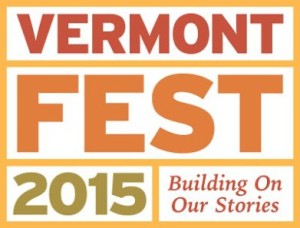A recipe for video-making proficiency
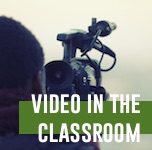 The ubiquity of the digital camera, whether mounted in smartphone, tablet or Chromebook, is getting everyone excited about making videos in the classroom. But it can be hard to translate the squealing, hand-flapping excitement of POWER into concrete, finished products. But making videos gets so much easier when you have two things: purpose, and structure.
The ubiquity of the digital camera, whether mounted in smartphone, tablet or Chromebook, is getting everyone excited about making videos in the classroom. But it can be hard to translate the squealing, hand-flapping excitement of POWER into concrete, finished products. But making videos gets so much easier when you have two things: purpose, and structure.
Enter the cooking video. Now, at this point in time, the humble cooking video is a type of 21st Century lingua franca. Blame Alton Brown’s long-running Good Eats, or Tasty and their immaculate white-tiled backsplash, or simply admit that you’re off watching Tiny Kitchens videos on twitter when you should be paying attention in a staff meeting. Ahem.
So let’s jump in and get those spoons stirring. The purpose! A short, manageable student-produced video project that showcases student learning and builds video skills.
And the structure? A shot-by-shot approach. There is no need to re-invent the wheel, people. Steal from the best– Take inspiration from the wealth of cooking videos already existing out there. Note down what shots they use and be reassured that you and your students can get this done in two class periods. We teamed up with 6th graders at Currier Memorial School, in Danby VT, to test what it’s like to give students:
- some recording gear and a little video editing instruction;
- a list of possible shots;
- a planning document and content checklist;
- and a rubric for proficiency.
And you guys? THEY DID AMAZING.

Let’s tuck in. Starting with the gear:
We loaned Currier’s 6th graders the standard kit everyone here at the Tarrant Institute uses for shooting video: an iPad held in an iOgrapher case, with an external Rode Video MicPro, and either a tabletop or full-size tripod. They recorded their footage using the iOS native Camera app. Videos were edited in Apple iMovie on MacBooks. And there were three kits shared between 18 students.
The shot-by-shot approach:
Getting an iPad on a tripod is half the batter– uh, battle. After that, it’s a matter of writing a script and shooting some of the key components of the modern cooking video. You can go in order, or mix and match.
1. Introduce Your Host
A huge part of the appeal of cooking videos is that the default format centers on a friendly host, someone informed about food and cooking. When you watch a cooking video, you’re essentially welcoming that person into your home to show you how to make tasty food. And as video becomes more and more common for reflection, a key skill for students is getting comfortable on camera.
2. Currier’s innovation: The Ingredient Montage
Giving students the tools, the purpose and the structure and just hitting the deck almost nearly guarantees innovation of one form or another. In Currier’s case, they came up with the stop-motion ingredient montage as a key component of their videos, and it is simple but glorious.
Show of hands, #vted: who's tried making cooking videos with students? pic.twitter.com/30hKefeVZA
— UVM Tarrant Institute for Innovative Education (@innovativeEd) December 14, 2018
3. The Action Shots: Pouring, Mixing, Whisking, Stirring, Adding, Filling and Checking Temperature
Overhead shots are your bread and butter of cooking videos! (Okay, I’ll stop.) But they actually do serve two functions in your video. One, they illustrate the step the host is describing, and two, they provide visual interest. That’s right: overhead shots are your cooking video B-roll!

4. Updates from the host
As your cooking is coming together, having the host continue to provide updates and small tips about the cooking process makes a watched pot much more interesting and informative.
Looking for a lesson plan?
Currier Memorial School educator Carrie Maus-Pugh designed this planning worksheet and checklist for students as they worked through their videos. BOOM.
Putting it all together

Amazing, right? We can smell what the Currier Kitchen is cooking and it is some glorious video work from the classroom.
The assessment rubric
Of course, as we all know with assessment, the proof is in the pudding. In this instance, the teacher was trying to integrate many concepts into this one cooking video; it combined geography, communication, poetry, science — so much good stuff!
Let’s say you just want to start with this video as a performance demonstrating clear and effective communication. Here’s a rubric that might support students and help them understand how to demonstrate proficiency:
Results! Delicious, delicious results.

And some surprises!
Sure cooking videos have their own narrative and format, that’s what the post’s about. But! Have you ever wanted to hear dumpling poetry? Good morning. Day: improved.
Have you tried shooting cooking videos with your students? How did it go? What did you learn?
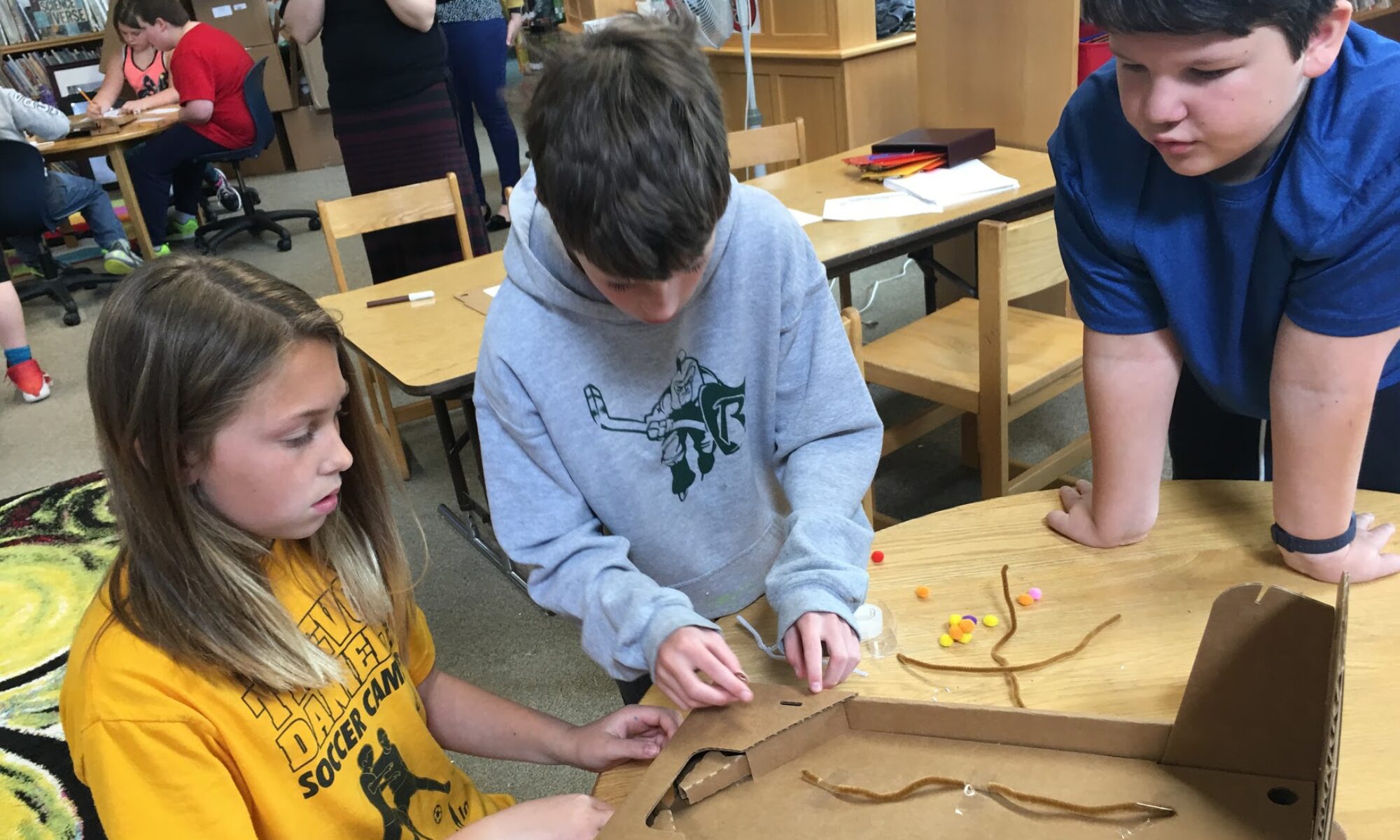

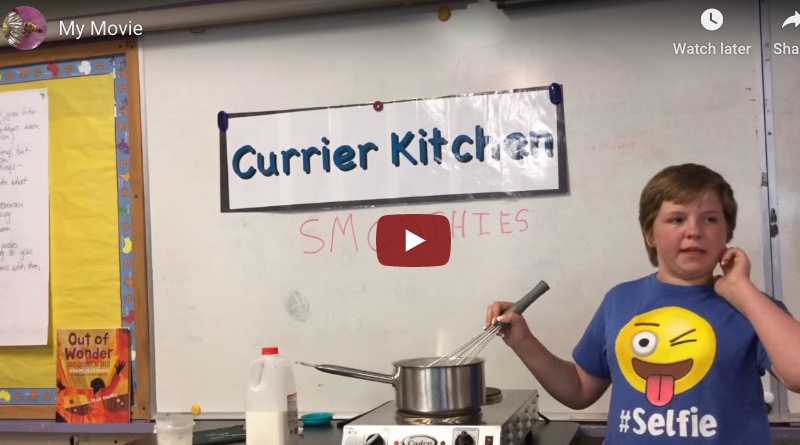
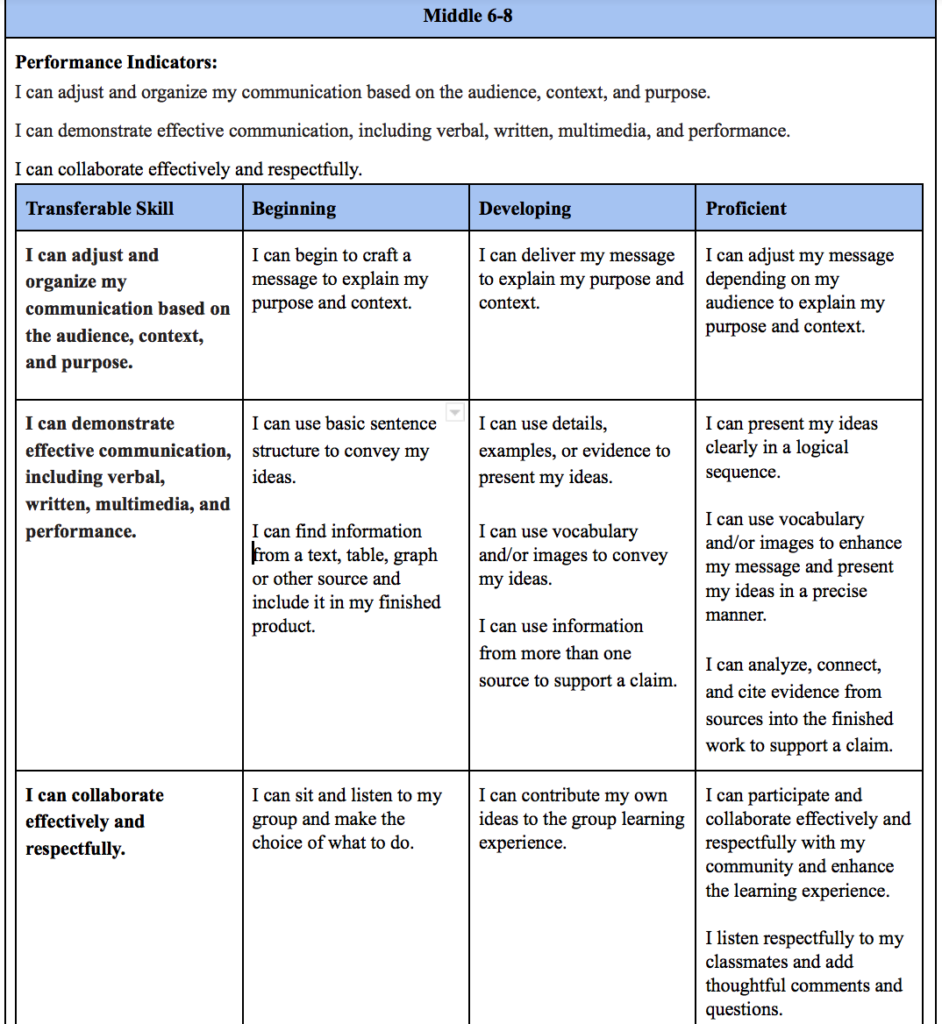

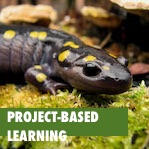 You’ve dipped your toe into project based learning. You’ve planned an entry event, shared a high quality driving question, managed student teamwork, created scaffolds, and helped students finish a meaningful project to present to an authentic, engaged audience!
You’ve dipped your toe into project based learning. You’ve planned an entry event, shared a high quality driving question, managed student teamwork, created scaffolds, and helped students finish a meaningful project to present to an authentic, engaged audience!